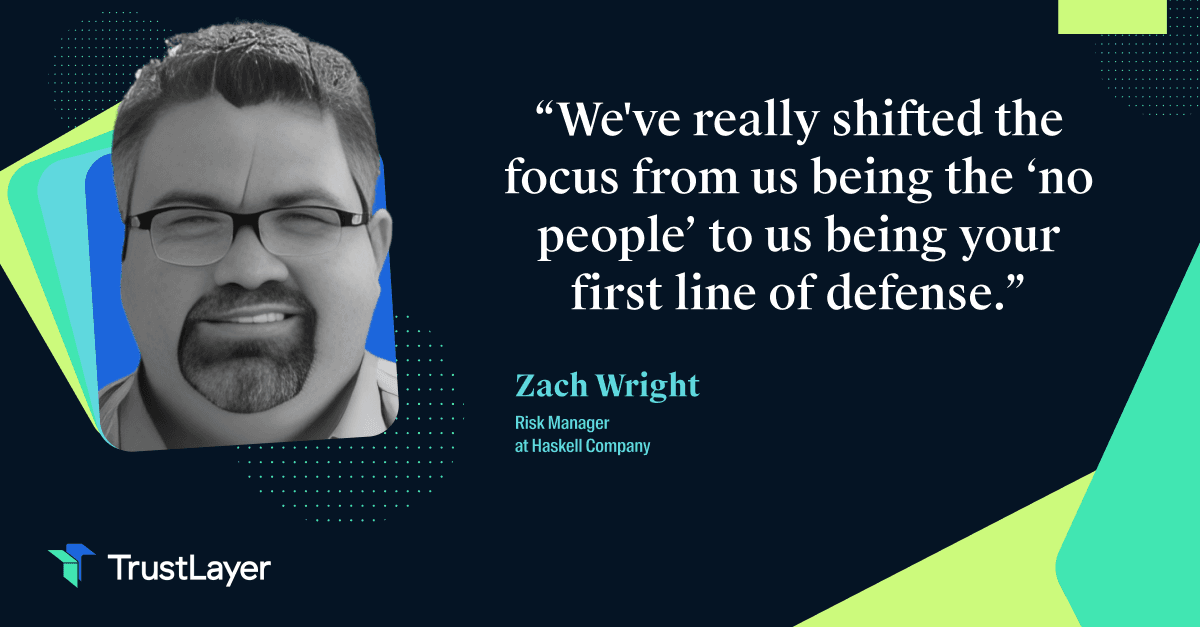There’s a price to pay when you hire the cheapest contractors, vendors and suppliers.
Protect your business by doing your due diligence and requesting a
certificate of insurance (COI) before the work begins.
Imagine this: You hire a contractor to remodel the bathrooms at your office. But when a worker gets hurt on-site, the truth comes out: the contractor doesn’t actually have worker’s compensation insurance.
They sue you for compensation and you wind up paying for medical bills and lost wages, among other expenses that shouldn’t have been your responsibility. This is an expensive lesson to learn, but one that happens all too often. Without the right coverage in place, your contractor could be spending your hard-earned cash — and you won’t know until it’s too late.
Protect Your Organization
When choosing a new contractor to work with, it’s important to go with someone you feel you can trust. But you also have to take steps to confirm they are licensed, bonded and insured. The gold standard is a contractor with a valid certificate of insurance (COI) for your specific project. Confirming your contractor has valid, appropriate insurance for your project is the best way to protect your organization. Here’s how:
1. Request their COI. The COI is a one-page document that lists the name of the contractor, the broker and the insurance company; the policy number; limits of coverage; and description of operations, including any insurance coverages they have (i.e., general liability (GL), auto liability, worker’s compensation, excess liability).
Once you have the document, contact the broker and have them confirm the details.
- Verify that the policy is active
- Verify the name of the insured contractor
- Verify the coverage limits
- Verify that the named contractor is currently insured
Then contact the contractor and ask them to confirm key information on the COI.
- Confirm the name and the date on the COI to make sure the name matches the contractor you are hiring and the dates are current.
- Confirm the contractor has coverage for the most prevalent issues: general liability, worker’s compensation, and automobile insurance
BONUS: If you can automate all of this through a software program and with a click of a button, they can start the work immediately.
2. Protect against COI fraud. An unscrupulous contractor may try to scam you with a fake COI. But for those who are looking, it isn’t hard to spot a fake. They are easily manipulated. Protect yourself and your organization by looking for missing contact information, inconsistent fonts, whited out information or even a poor-quality photocopy.
Review each COI carefully to ensure it’s not a fake. In addition, take steps to help keep everyone honest and aboveboard.
- Request the COI directly from the broker. This limits the contractor’s ability to make changes to the COI.
- Research the insurance company. Learn as much as possible about the insurer’s reputation and services online. A COI with a dubious insurance company is more likely to be a fake.
- Contact the insurance company. Call the carrier to verify the authenticity of the COI. The company should be able to answer your questions.
BONUS : If there was an easy way to collect, review and maintain all COI documentation, while still verifying compliance, contractors could start the work faster.
3. Verify proper insurance coverage. In addition to appropriate liability coverage, make sure your contractor has products-completed operations coverage
on their GL policy, which covers damage or injury resulting from a contractor’s negligence after the job is completed. This not only protects you from lawsuits arising from damages contractors cause others, but it provides you with a policy to collect from if the contractor’s work causes you harm. This coverage is essential for contractors and service providers.
Next, you can also verify if they have Professional Liability Insurance, also known as Errors and Omissions (E&O) insurance. Anyone who’s giving professional advice to clients — your Architect or Engineer for example— can benefit from this extra layer of protection. E&O insurance helps minimize any professional liability that comes from recommending a certain course of action to another organization or a client.
BONUS: If there was a reliable method of tracking insurance coverage for all your contractors, it would be more efficient to track the data — and get to work.
There’s Always a Cost
In the end, you get what you pay for. If you hire a reliable contractor with proper insurance coverage, they fold the cost of that extra protection into their fees. On the other hand, if you go with the cheaper option, chances are they don’t have the right coverage.
There’s a cost to hiring cheap vendors and suppliers. You may actually be putting your business and yourself at great personal and financial risk by choosing uninsured or under insured contractors for your job.
The answer? Use TrustLayer to automate COI data collection, verify the details and confirm proper insurance coverage.








